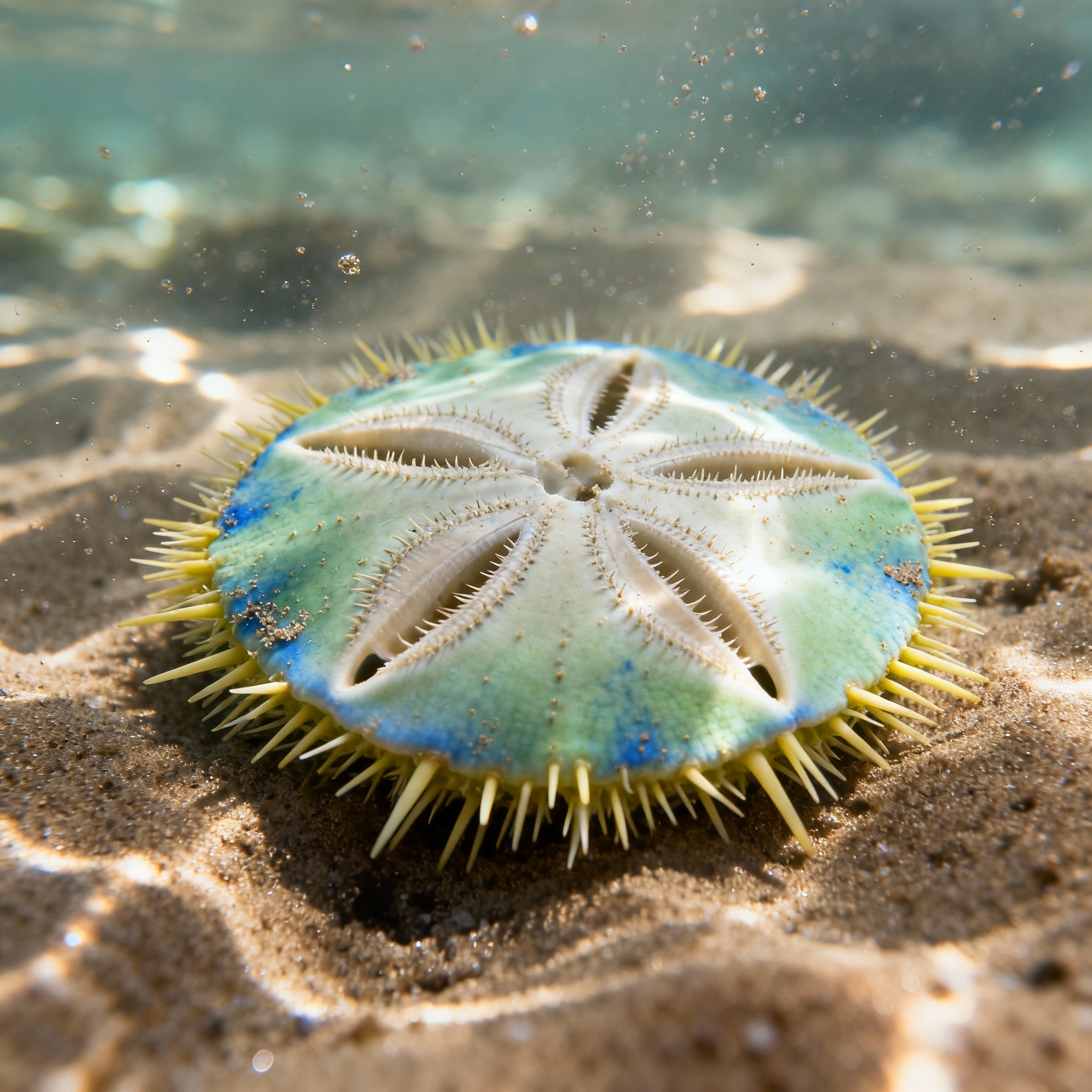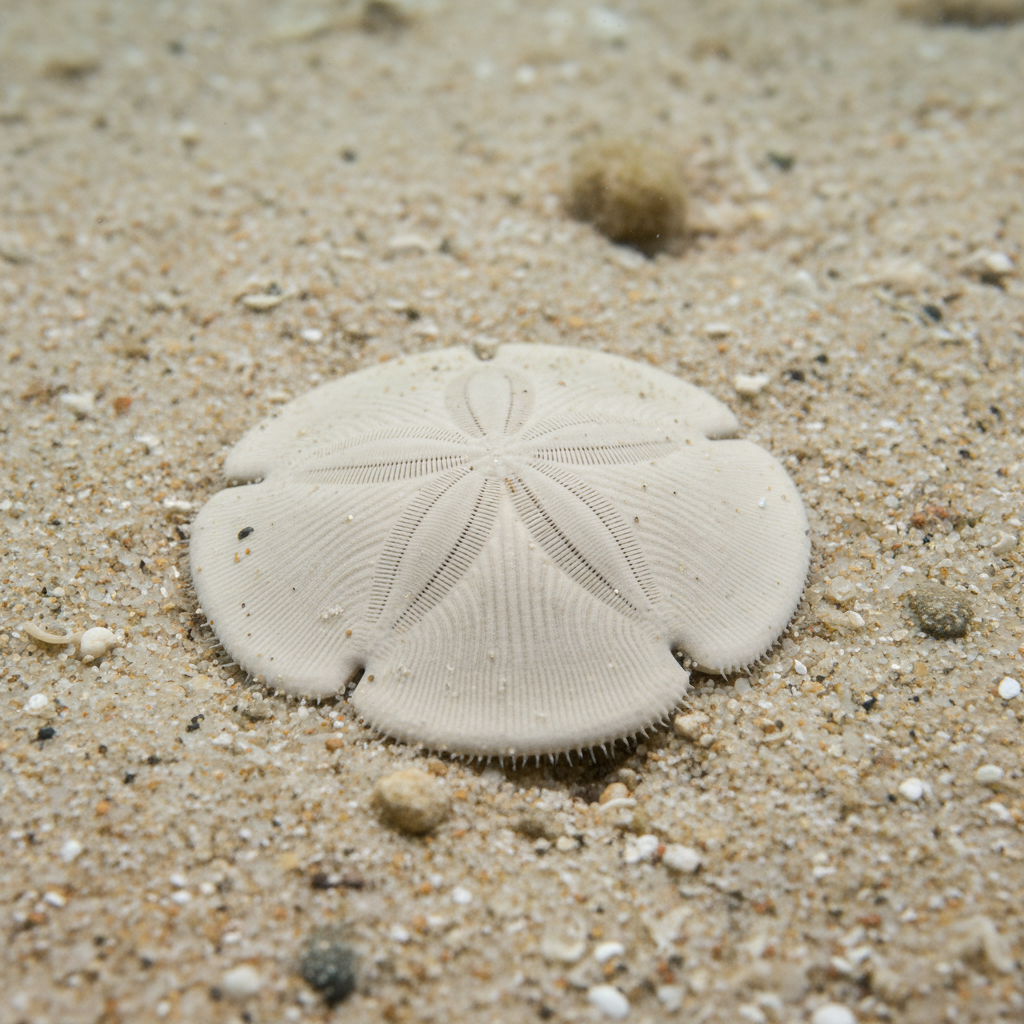Echinarachnius: Comprehensive Overview of the Sand Dollar Genus
Echinarachnius is a genus of echinoderms commonly known as “sand dollars,” most notably represented by Echinarachnius parma. Sand dollars are easily recognized by their flat, disc-like bodies and intricate symmetrical patterns visible on their skeleton, or “test.” Unlike typical sea urchins, Echinarachnius lack prominent spines and are well-adapted for a burrowing lifestyle. These marine invertebrates are important components of sandy benthic ecosystems, aiding in the recycling of organic materials and serving as indicators of environmental health.
Classification of Echinarachnius
| Taxonomic Rank | Name | Characteristic |
|---|---|---|
| Kingdom | Animalia | Multicellular heterotrophic organisms |
| Phylum | Echinodermata | Marine invertebrates with radial symmetry and calcareous endoskeletons |
| Class | Echinoidea | Sea urchins and sand dollars with hard, spiny tests |
| Order | Clypeasteroida | Sand dollars and sea biscuits with flattened, disc-shaped bodies |
| Family | Echinarachniidae | Sand dollars with reduced spines and circular shape |
| Genus | Echinarachnius | Flat, circular sand dollars with petal-like patterns on the test |

Habitat and Habit
Members of the genus Echinarachnius are adapted to shallow sandy seabeds of temperate and cold coastal waters. They are burrowers, spending much of their lives just beneath or atop the sand surface. Using tiny, hair-like spines and cilia, they move through sediments and feed on organic matter and small particles. Echinarachnius species are active filter feeders, drawing food toward their mouth on the underside via mucous-coated cilia and tube feet.
Geographical Distribution
Echinarachnius parma, the best-known species, is distributed along the North American east coast from New Jersey to the Arctic, as well as circumpolar waters including Alaska, British Columbia, and northern Europe. These sand dollars prefer shallow coastal zones from low tide areas to about 150 meters deep, often forming dense populations where conditions are stable and sandy.

General Characteristics
- Commonly called as sand dollar.
- Body is circular, disk-like and dorsoventrally flattened and differentiated into oral and aboral surface.
- Oral surface is composed of inter-locking ambulacral and interambulacral ossicles beset with tiny spines.
- Five petaloid ambulacra representing opening for tube feet in double row in the form of a petal.
- One present on aboral surface. Petaloid also contain paired openings for flattened respiratory tube feet.
- Entire test has small spines. Madreporite plate, ocular plate and genital plate with genital opening are found on aboral surface.
- Anus is aboral.
- Development includes echinopluteus larva.
- Body Plan: Flattened, circular body (test) with pentaradial symmetry and no elongated spines.
- Test: Rigid, thin, and displays a distinctive petal-shaped pattern of pores arranged symmetrically.
- Spines: Tiny, hair-like, giving a velvety texture; used for movement and burrowing rather than defense.
- Mouth: Located centrally on the underside, opening into a complex system of food grooves and ciliated channels.
- Tube Feet: Project through pores in the test, aiding in both movement and food capture.
- Size: Adults usually range from 5–10 cm in diameter.
Special Features
- Sand dollars such as Echinarachnius parma lack prominent protective spines; instead, their spines have evolved for efficient burrowing and food gathering.
- Their ability to selectively move organic-rich sediments aids significantly in nutrient recycling within sandy habitats.
- Unique petal-shaped pore patterns on the test are thought to facilitate respiration by channeling water over internal gills.
- Possess small jaw-like structures called pedicellariae for cleaning and protecting against small parasites.

Behavior and Ecology
Sand dollars often bury themselves partly or entirely beneath the sand, avoiding predation and strong currents. Their nocturnal and diurnal activities focus on feeding—coating particles in mucus and transferring them along ciliated food grooves to the mouth. They play a crucial role in ecosystem function by bioturbating sediments and serving as prey for crabs, fish, and sea stars.
The calcareous test of dead sand dollars is commonly found washed ashore, bleached white after the living tissues and spines have decayed.
References
- https://en.wikipedia.org/wiki/Sea_urchin
- https://animaldiversity.org/accounts/Echinarachnius_parma/
- https://en.wikipedia.org/wiki/Sand_dollar
- https://www.vedantu.com/animal/sand-dollar
- https://www.marlin.ac.uk/species/detail/1311
- https://www.nhm.ac.uk/discover/sea-urchins-strange-and-spiny-wonders-of-the-ocean.html
- https://www.britannica.com/animal/sea-urchin
- https://animaldiversity.org/accounts/Echinodermata/
- http://www.marinespecies.org/aphia.php?p=taxdetails&id=158062

